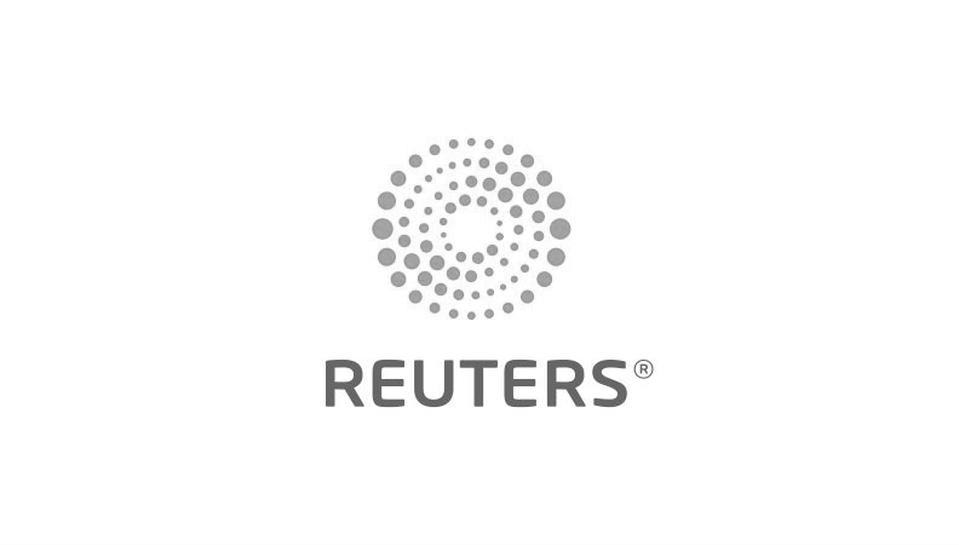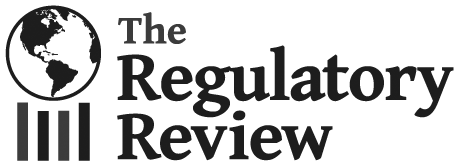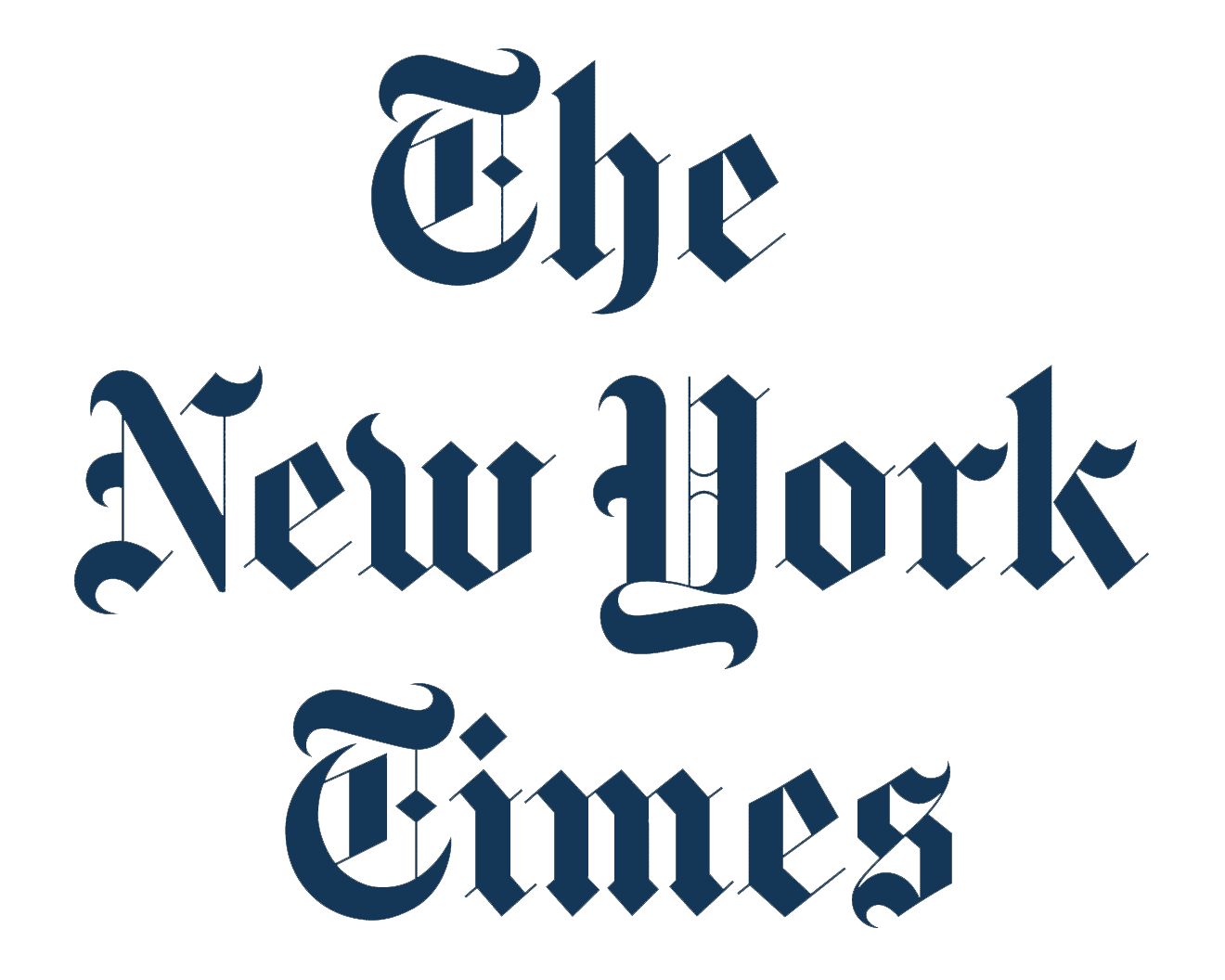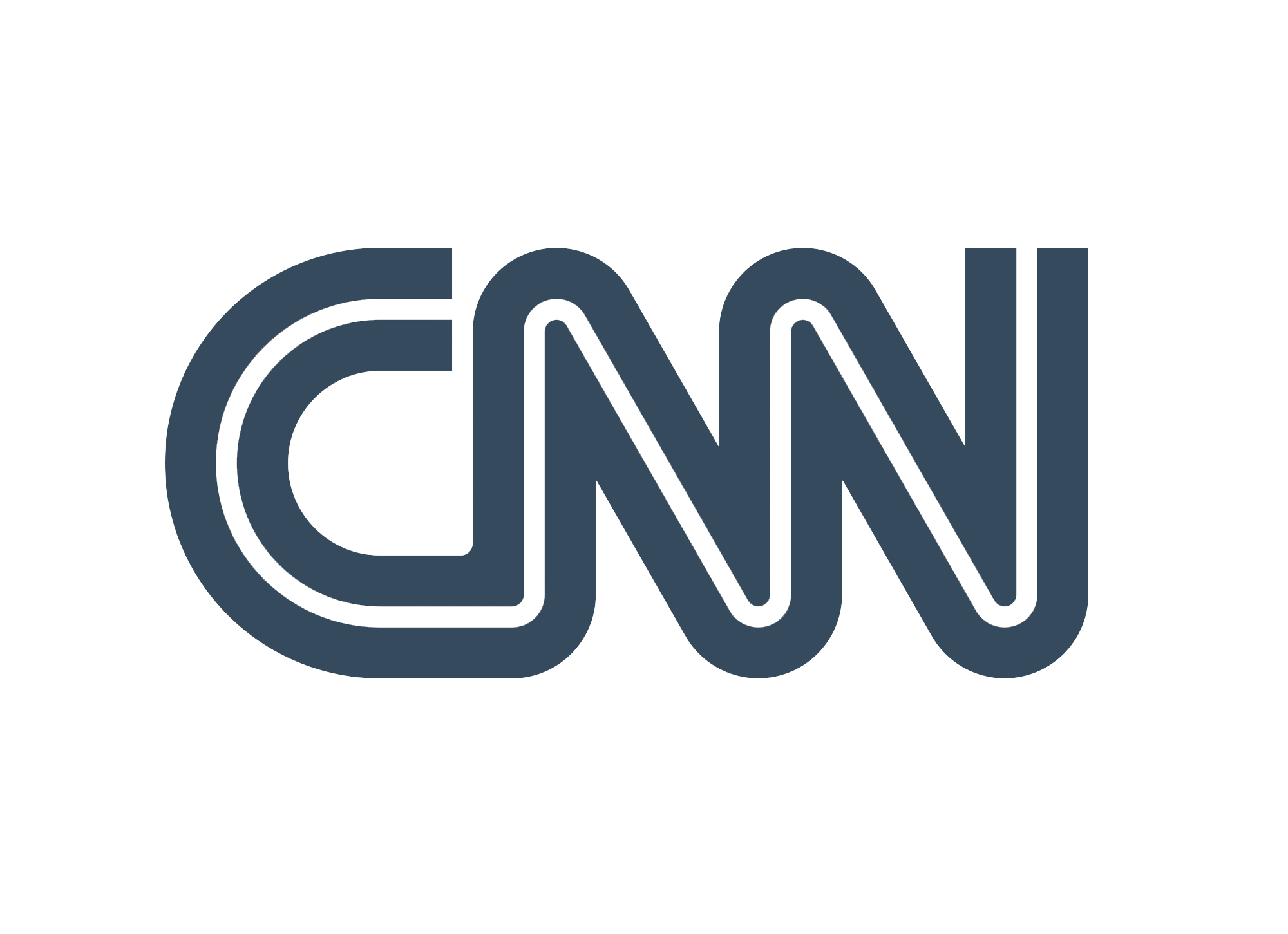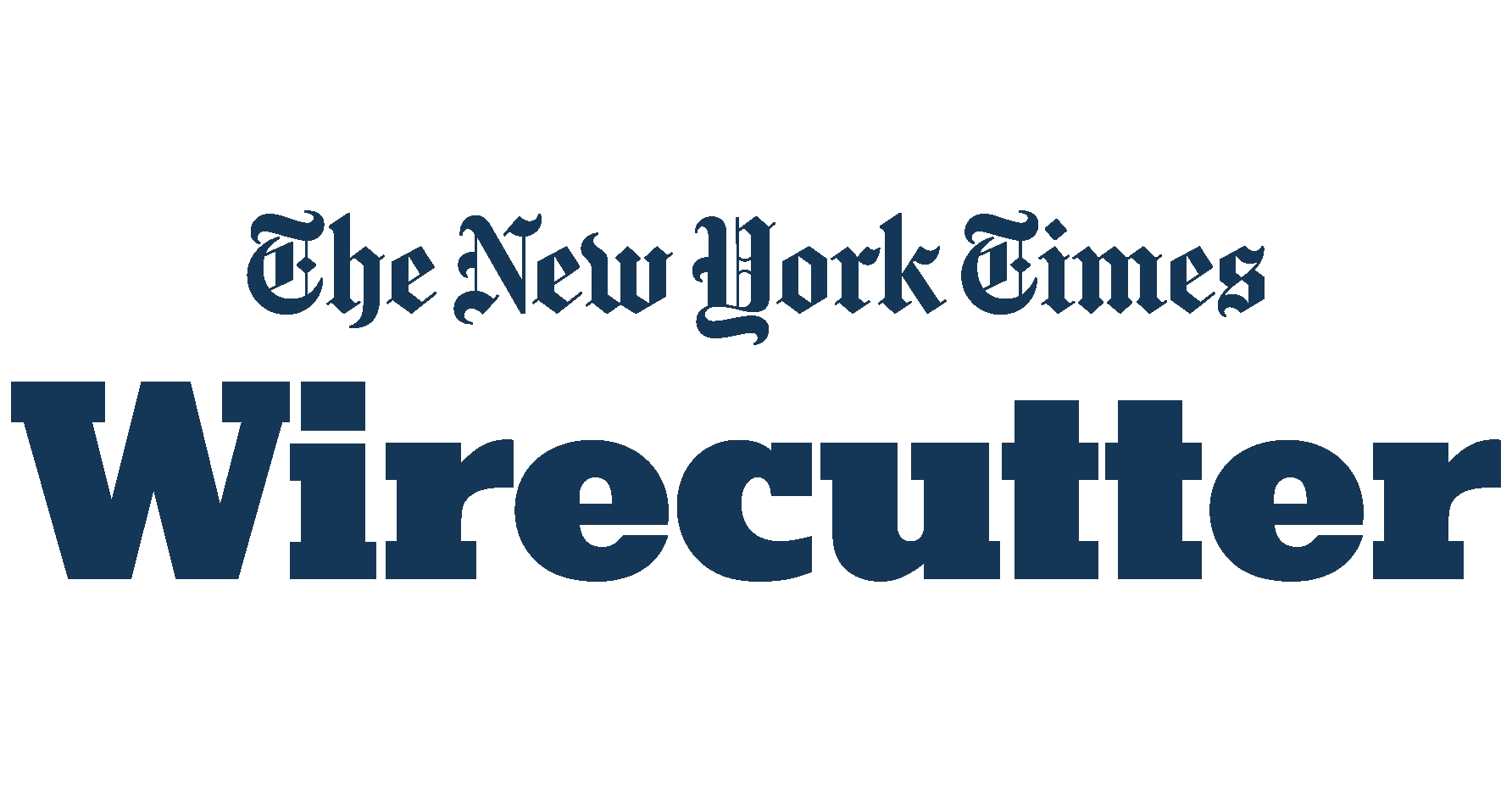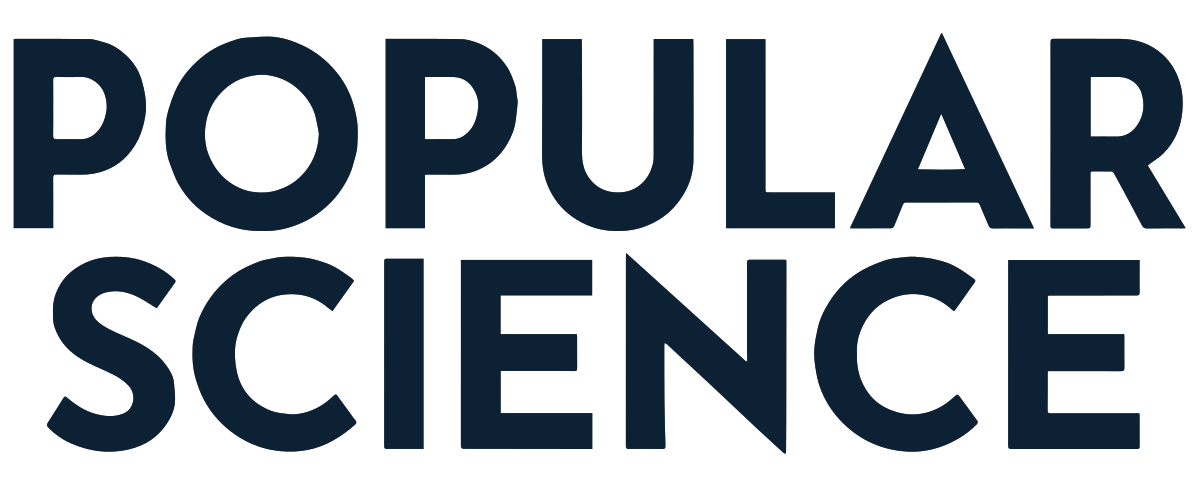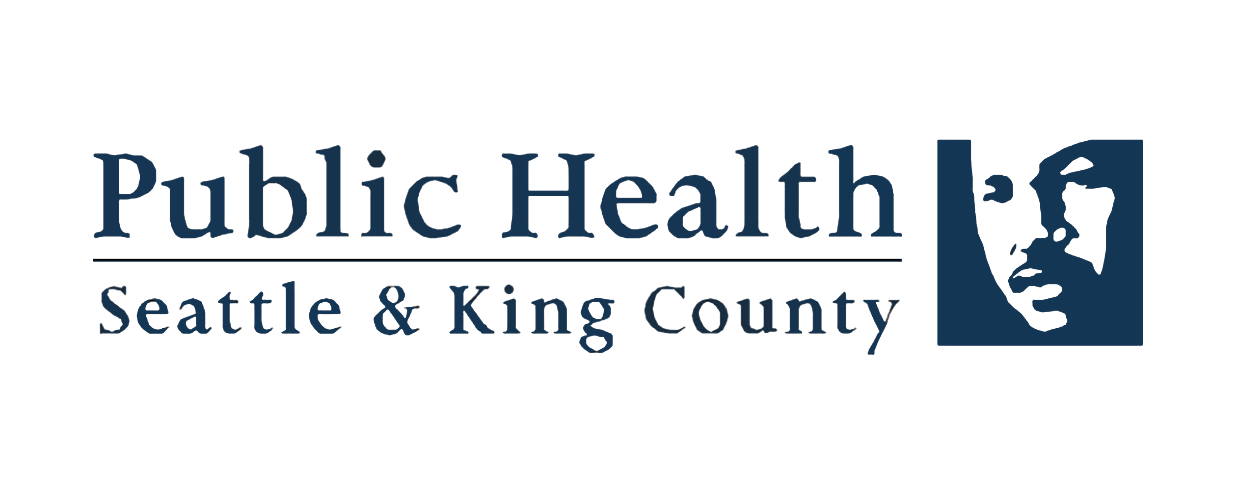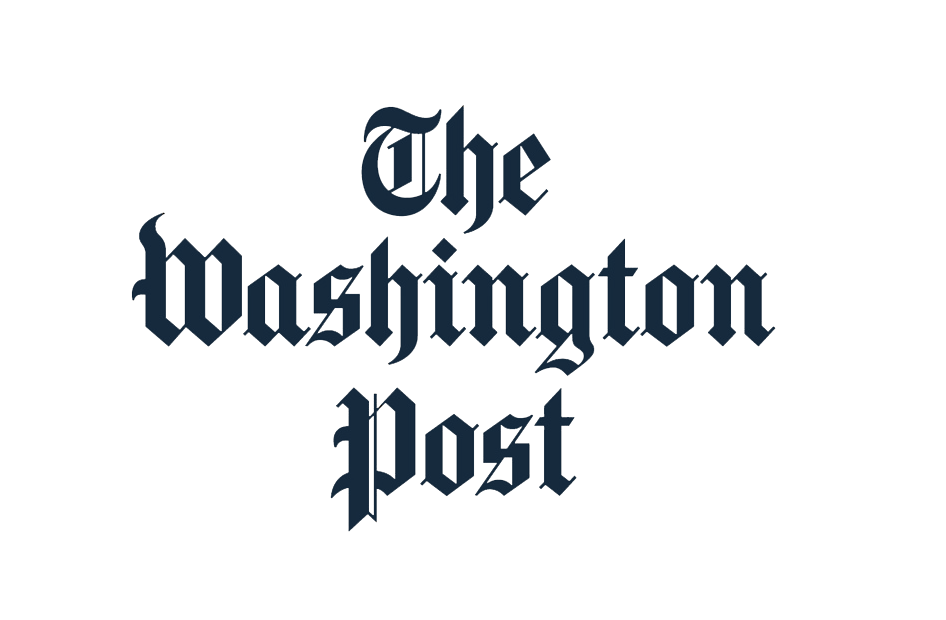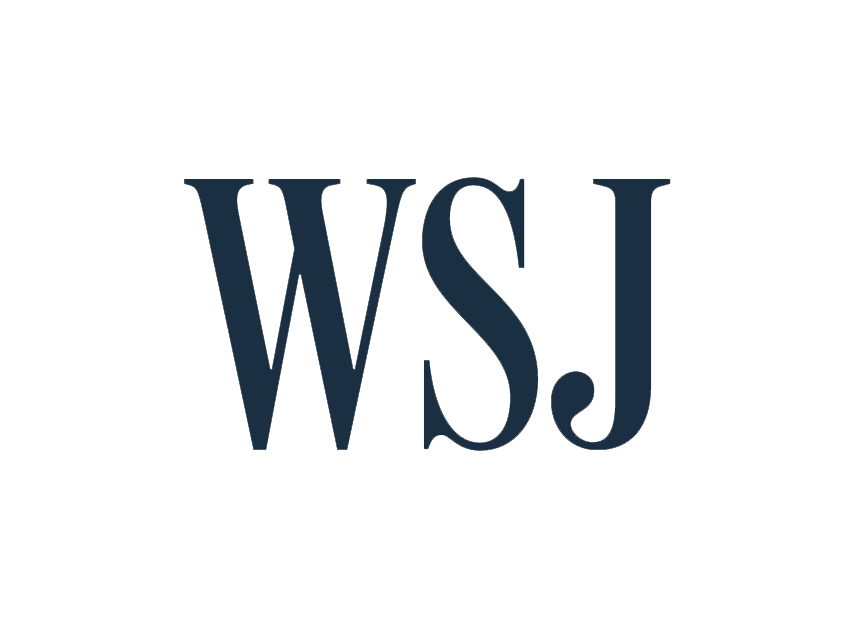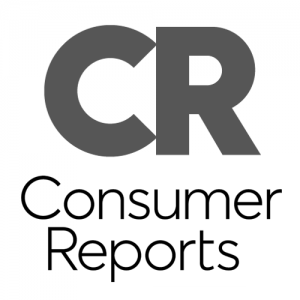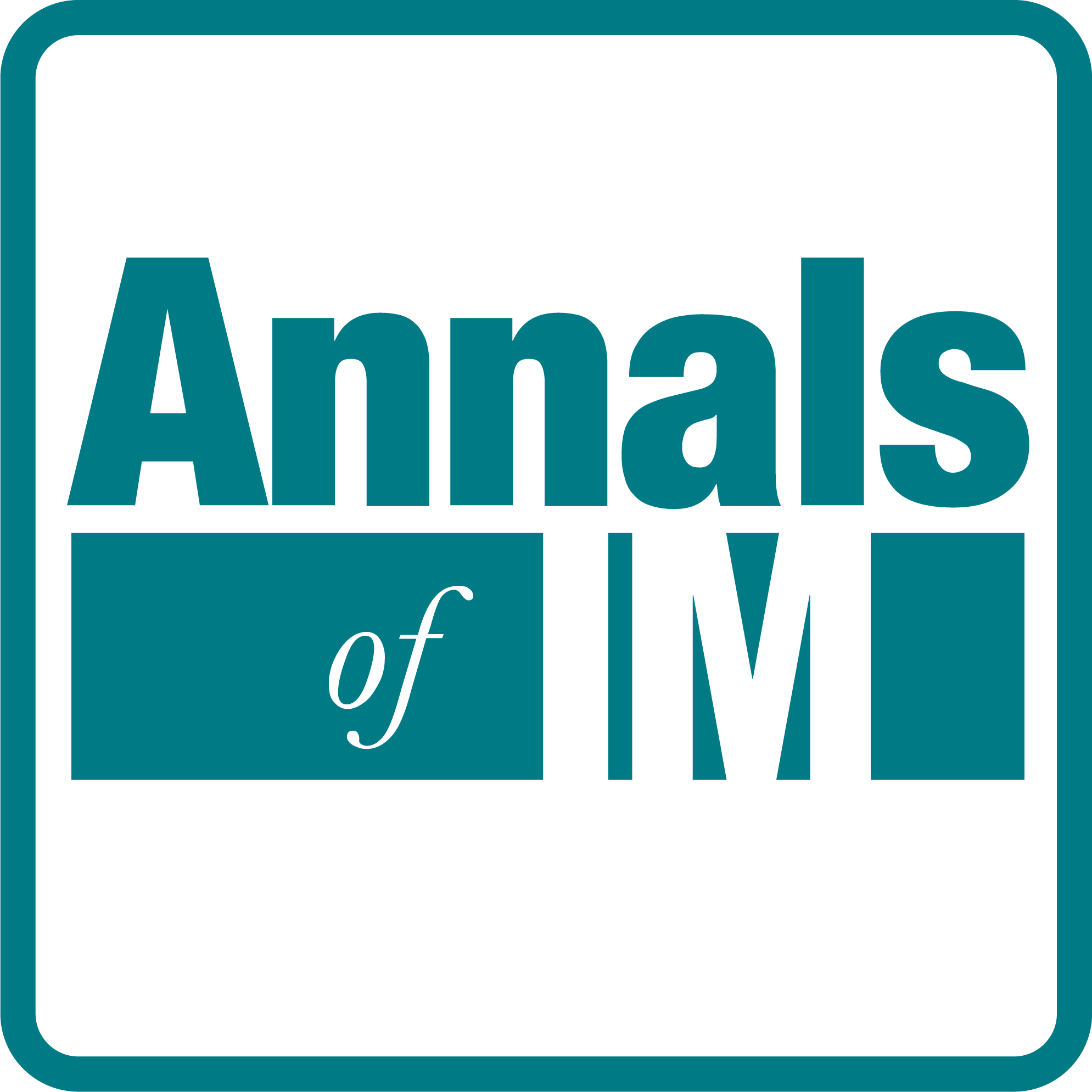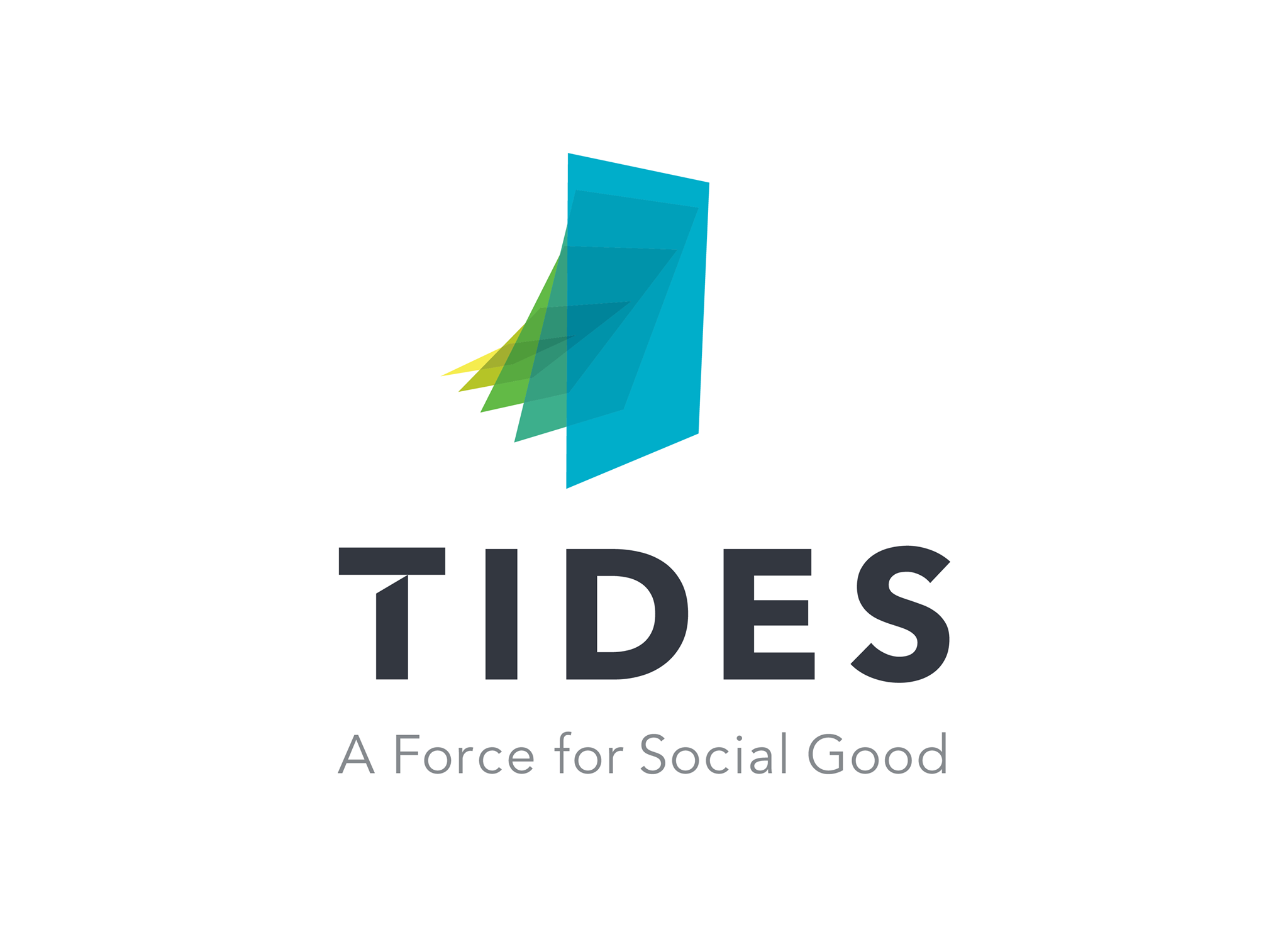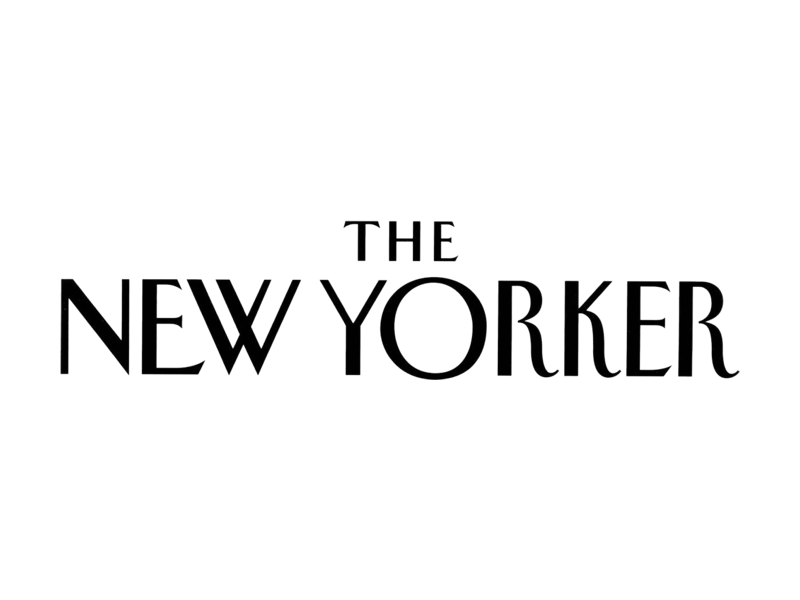As the United States Federal Government and the private sector react to the developing COVID-19 crisis, partnerships between White House Officials and luminaries in Silicon Valley help shape the direction of new organizations that would later have wide-ranging impact, including the umbrella organization, The PPE Coalition (later re-branded C19Coalition), GetUsPPE.org & Project N95.
On Saturday, March 21st, while Donald Trump was tweeting about the “Chinese virus” and circulating praise for the “great job we’ve done,” Eric Ries received a phone call from another Silicon Valley C.E.O. His friend Jeff Lawson, of the firm Twilio, told Ries that, to deal with the rapidly escalating coronavirus crisis, the White House was recruiting tech executives to help. Ries—the founder and C.E.O. of a new company, the Long-Term Stock Exchange, and the author of a best-selling book, “The Lean Startup,” which had made him a well-known figure in the Valley—was an obvious choice for someone looking to stand up a high-tech solution to the disaster quickly. He had long preached the virtues of going to market as fast as possible with what he called M.V.P.: minimum viable product.
America was watching, shocked, as doctors and nurses pleaded for protective gear and medical equipment such as ventilators. Ries was asked to help start a Web site that would match hospitals and suppliers. Sure, Ries said, he could have something up and running by Monday. What followed over the next two weeks was an inside glimpse of the dysfunction emanating from Trump’s Washington in the midst of the pandemic, a crash course in the breakdown that has led to nurses in one of the wealthiest countries in the world wearing garbage bags to protect themselves from a virus whose outbreak the President downplayed until it was too late to prepare for its consequences.
Ries’s first phone conversation demonstrated how awry things had gone. He reached out to a White House contact, and, when he mentioned the Trump Administration’s coronavirus task force that was asking for Silicon Valley’s help, the response was, “Which one?” Trump had enlisted his son-in-law, Jared Kushner, to help with the pandemic response, and his murky new effort, which was not yet public, was already seen as working at cross-purposes with the official task force, overseen by Vice-President Mike Pence. Ries also learned that the Web site he had been asked to create was, in fact, not needed. “It took me three hours on the phone to realize the world did not need another Web site to solve the problem,” Ries told me.
Numerous relief groups were already in place. Some of them were soliciting donations for urgently needed personal protective equipment, or P.P.E., in the medical argot that the rest of the country would soon learn. Others were organizing sewing-machine brigades to make masks, or teams of graduate students to create designs for 3-D-printed ventilators. Ries thought he could help bring a bit of order to the chaos by organizing the small army of relief groups and volunteers into an effective partner for the federal government, for when it actually took charge. “I thought, Eventually somebody will lead,” Ries said. He spent the weekend pulling together a new umbrella organization, the PPE Coalition, and, as promised, had its Web site up and running by that Monday morning, along with a hotline to field requests.
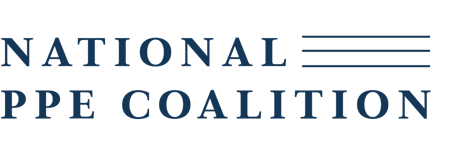
For the next few weeks, the requests flooded in. Eventually, thirty-one groups joined the new coalition, and the Web site provided links to organizations with names that tell the sad story of the crisis, from Operation We Can Sew It! to Get Them PPE. The sense of urgency was palpable. “Armageddon was coming in three weeks,” Ries remembers being told. There was a rush to help before early April, when deaths were predicted to peak in New York City and hospitals would potentially be overwhelmed in other hot spots around the country. But there was also a sense of disbelief: Where was the U.S. government? One of the volunteers kept saying, “There’s no way we should be doing this alone,” remembered Jennifer Pahlka, who founded the tech group Code for America, served as deputy chief technology officer in the Obama White House, and is now helping with a coronavirus-relief group, U.S. Digital Response, which advised the PPE Coalition. “In our community, we have sweatshirts and T-shirts and stickers that say, ‘No one is coming. It’s up to us.’ It’s really hard when they actually realize that’s true. It’s terrifying.”
